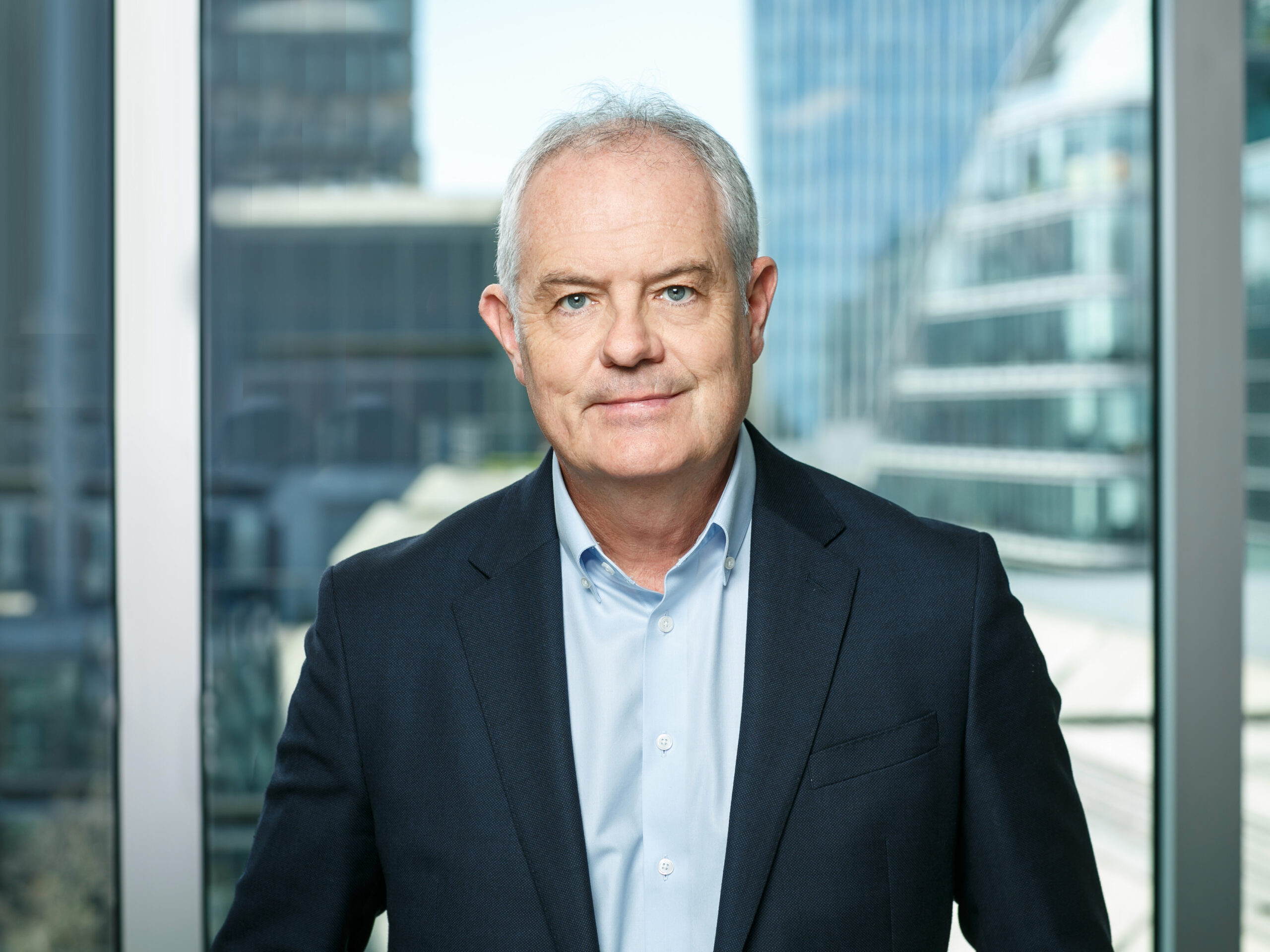
Rail is responsible for a small proportion of the large quantity of emissions which transport generates. This is why modal shift from road and air travel to rail, combined with actions to lower rail emissions, are so important. This combination can make a substantial contribution to tackling two of the most urgent and significant threats we face.
Since I endorsed the previous edition of the Rail Technical Strategy (RTS), concerted, joined-up efforts across the industry have allowed progress to be made. The introduction of battery-hybrid trains into regular passenger service by Transport for Wales, and the robust guidance based on RSSB research now available for operators to produce Air Quality Improvement Plans are two exemplars, showing what is possible with the right strategic stimulus.
In my role as Chair of the Sustainable Rail Executive, I am extremely pleased with the complementary value of the RTS and the Sustainable Rail Blueprint (SRB). The SRB provides a framework to drive the transformation agenda, while the RTS offers greater depth of thinking on where and how technical development can unlock the change required.
The Low Emissions functional priority in this refreshed RTS builds on the 2020 one, but critically introduces the concept of Intelligent Energy Management. As rail consumption of electric power increases, the need to balance supply and demand becomes ever more critical and challenging. Traction power remains the major and most bespoke component of rail’s electricity demand. In this context, intelligent management of traction power has an important role to play in helping both rail and the grid getting the right amount of power to the right places, at the right time.
The seven renewed key goals in the Low Emissions routemap include one in common with the new Freight Friendly priority. This ‘shared’ goal recognises the urgency to decarbonise the rail freight sector. And it is great to see how the other goals in the Freight Friendly priority are all geared toward freight growth and modal shift which is key for low emissions logistics.
Let’s work together to ensure we stride smoothly, safely and rapidly across the stepping stones to the strategic visions for Low Emissions.
October 2024


